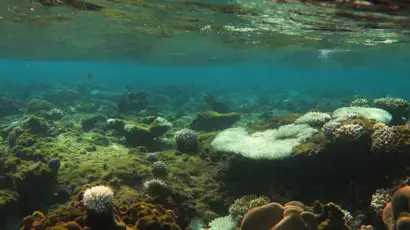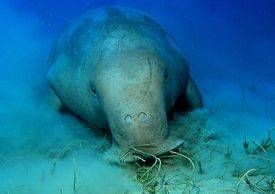Samadai is a crescent-shaped off-shore reef located approximately 5km from Marsa Alam city. Located approximately 6 nautical miles southeast offshore of Marsa Alam, Samadai is 1.4 kilometers long and 1 kilometer wide and is well known as a treasure chest for cetaceans in the region.
The three main sites of Samadai offer various possibilities to all sorts of divers who can enjoy the cave system, eel garden, a sea grass bed and the biodiversity of the pinnacles. The eventful passage of big pelagic animals, including barracudas, manta, sharks, and dolphins and the presence of micro fauna, soft corals, hard corals and reef fish makes Samadai not only a fantastic experience for divers but as well for snorkelers as one of the most interesting and variegated destinations in the area.
The site is often referred to as ‘Dolphin House’, a reference to the fact that it is a habitat for spinner dolphins (Stenella longirostris), a species found worldwide at tropical and subtropical latitudes, which is known to actively travel and feed in open waters at night and to rest in shallow lagoons and bays during the daytime. Sha’ab Samadai is one of the few sites in the Egyptian Red Sea that fits the criteria of an ideal resting area. This reef is oriented east-to-west, forming a natural lagoon open to the south, sheltered from the prevailing northerly winds, has a shallow, sandy bottom and is protected from the waves.
By taking advantage that the site is quiet and contains neither predators nor major threats, the animals can relax and recover from their nocturnal activities and mothers lower their guard and allow their calves to swim freely. The hours spent in the resting area are crucial for spinner dolphins since social interactions and mating also take place.
In this controlled environment, dolphin's innate echolocation system- energetically consuming “sonar”- use to explore the surroundings, can be safely switched off: they rely only on eyesight and sleep alternatively with a portion of the brain.
If the ideal conditions are not met and the animals are unable to properly rest, detrimental consequences may affect the population (i.e. less efficiency in feeding, decreased ability to engage social contacts, higher risk of predation, all of which due to tiredness and slow reactions) leading to the population’s decline or displacement to other more suitable locations.
As the attraction of dolphins is upmost worldwide, the Red Sea was becoming a crown destination. By the early 2000's, Samadai was emerging as the centre of “dolphin frenzy” where hundreds of people journeyed to swim and play with the resident spinner dolphins. In a single day Samadai played host to up to 30 boats and 500-800 people -- certainly, an environmental travesty.
The challenge that exists at Samadai and still throughout the Red Sea is how to maintain the sustainability of a coral reef system with all its living inhabitants and yet be enjoyed by so many. Human activities can interfere with the wildlife up to an unsustainable point and this is the biggest paradox as one reason for the existence of sea tourism can be damaged and fade away due to that very activity.
To curtail the downward spiral at Samadai, immediate actions were taken over the next few years to protect this precious sanctuary and significant tourist site. HEPCA, as an NGO, and the EEAA signed an unprecedented agreement for the establishment of a new protected area, the Samadai Reef in 2001. The accord was unusual in nature as it was not commonplace for a NGO of the private sector to enter such an agreement.
Though, it did not stop there. Amidst the community’s urge to understand more about the site and protecting dolphins.





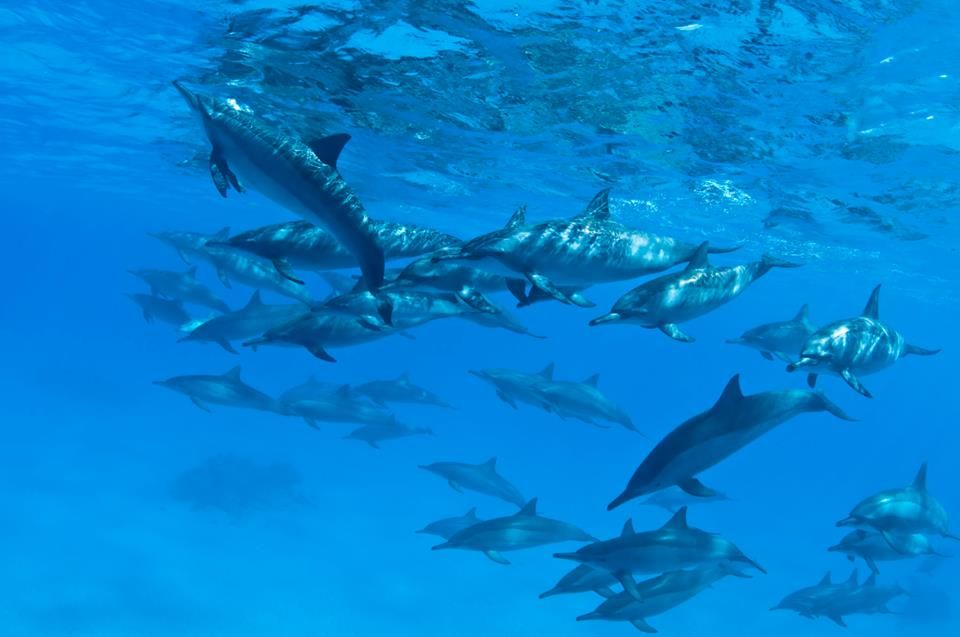
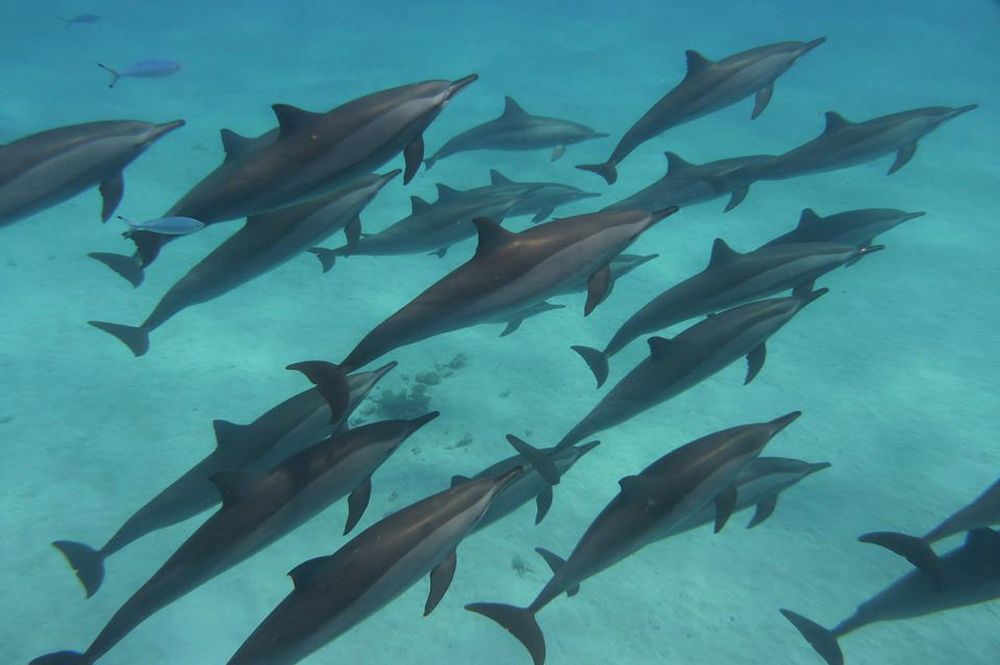
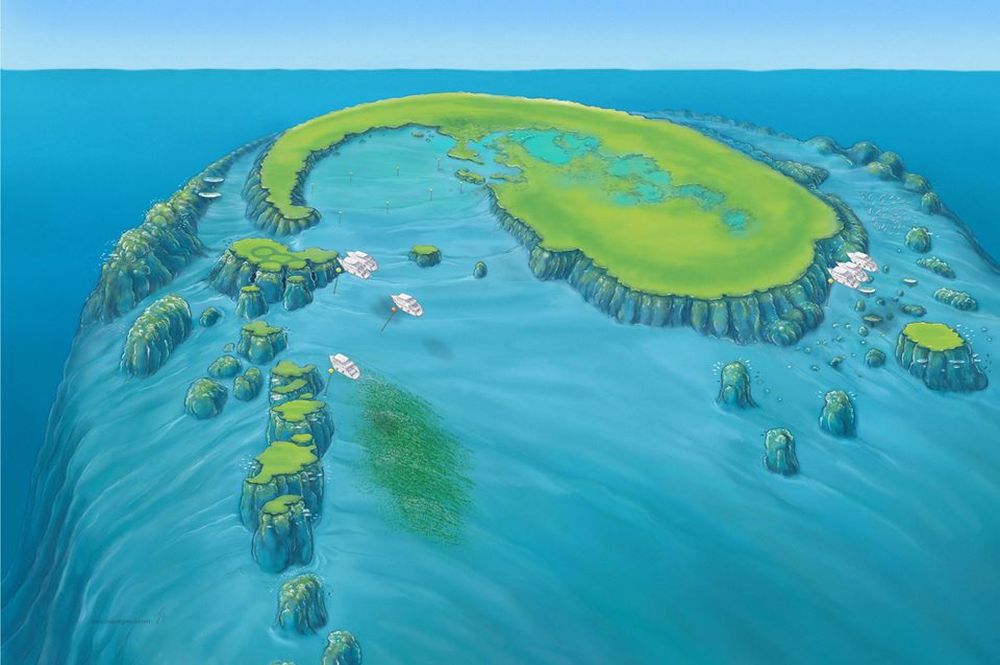


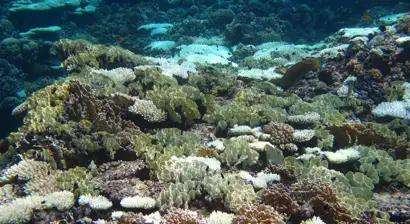
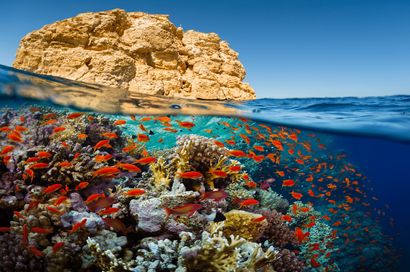
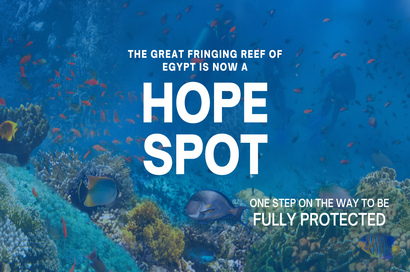
 - frame at 0m12s_lg.webp)
